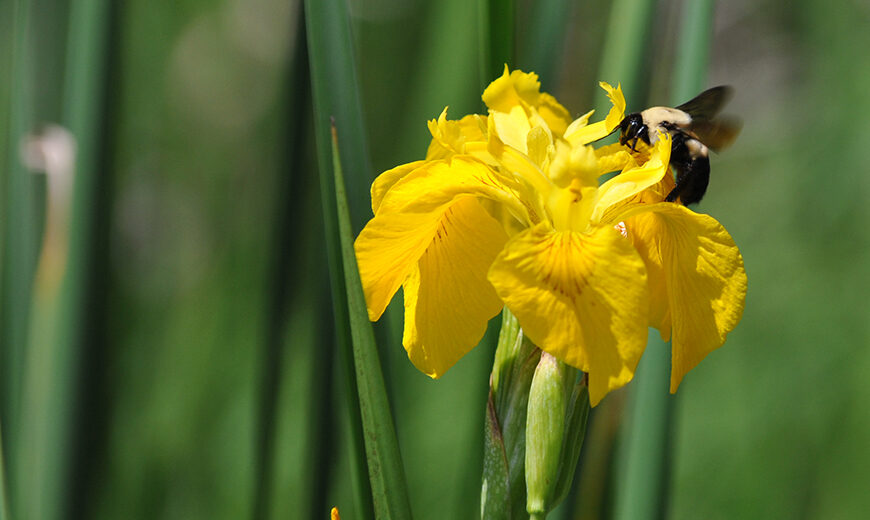Nestled between Route 31 and the Fox River on the northern side of St. Charles is Ferson Creek Fen — about 50 acres of nature preserve supporting an uncommon yet vital ecosystem in the St. Charles community.
While many residents may have visited Ferson Creek Fen, they may not understand the importance of preserving and maintaining this rare natural resource.
Fens are a type of wetland, which are rapidly disappearing across the country. According to the Illinois Natural History Survey, more than half of the country’s original wetland area has been lost, with more than 200,000 acres disappearing each year. And Illinois has lost more than 90 percent of its original wetland acres.
Fens are vital in helping reduce flooding and affect the quality of water in the area. This is accomplished from the topography of the fen, the soil and the plants that are rooted there. Similar to most fens, Ferson Creek Fen sits on a slope providing a continual flow of water through the soil. This nutrient-rich soil feeds the plant life of the sedge meadow and acts like a huge sponge, slowing the water from dispersing to other areas of the community. Additionally, these conditions support a specific population of plants and animals – species that wouldn’t survive in another ecosystem.
The St. Charles Park District understands the importance of maintaining Ferson Creek Fen, so it won’t suffer the same fate of many fens before it. Over the years they have dedicated time and resources to keep this habitat thriving, and recently received a grant in cooperation with the Illinois Nature Preserve Commission and Illinois Department of Natural Resources, to increase the restoration work over the next two years.
“The grant is a step forward and a boost in what we can accomplish. A little prevention goes a long way,” said Jill Voegtle, St. Charles Park District Ecological Restoration Supervisor.
“When Ferson Creek Fen was dedicated as a nature preserve in 1989 it was the highest quality sedge community out there. We need to preserve the most precious of what we have; you can’t recreate it once it’s gone,” Voegtle stressed.
The grant of $16,000 over two years will target invasive plant control such as purple loosestrife, cattails and reed canary grass. This will be in addition to the regular restoration Voegtle’s team completes throughout the year. In January, they removed plants that were encroaching on the fen such as dogwood trees by the blacktop area and silver maple trees, weed willows and glossy buckthorn by the river.
“There’s a misconception that you shouldn’t ever cut down trees,” Voegtle said. “But when trees in the sedge meadow prohibit sunlight from coming in, the native plants will die, and that affects the entire ecosystem.”
For example, skippers, swamp sparrows and chorus and leopard frogs need the conditions of the sedge meadow or wetland to survive. Some of the other species that live in the sedge meadow include bumblebees, swallow tail and monarch butterflies, soft shell turtles, great blue herons and beavers.
In the long run, allowing non-native woody species to grow without control will kill the fen. The side effects would go beyond the fen and its lost biodiversity. Preserving the Ferson Fen directly impacts the community since a healthy fen filters and cleans the water before it reaches the river. The healthier the river, the healthier the whole community will be.
According to recent park district surveys, residents have indicated that they support maintaining natural areas.
“The community values open space, but more than public opinion, we have an ethical responsibility to maintain the natural resources for future generations,” Voegtle said.
For more information regarding Ferson Creek Fen, call Jill Voegtle at jvoegtle@stcparks.org

